The collateral events of this year’s Venice Biennale are of high quality. The official Biennale events number around thirty, to which monographic exhibitions or events dedicated to multiple artists or various themes are added. Strolling through Venice can be a pleasant experience and a continuous discovery these days. I’ve gathered some of these less advertised and lesser-known events compared to those of the major international foundations based in Venice (such as Prada, Berggruen, Fondazione Pinault, Peggy Guggenheim) or those in more secluded locations that may have less visibility.
Here’s the first part of this small selection of events that you can visit for free in the city, divided by district:

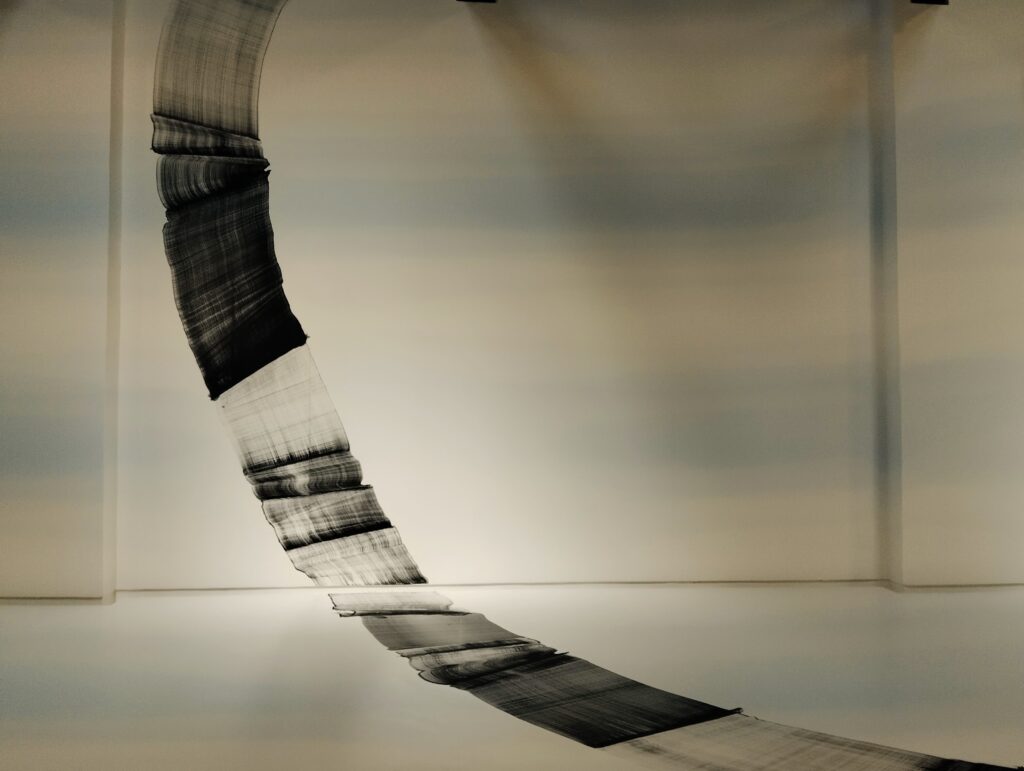
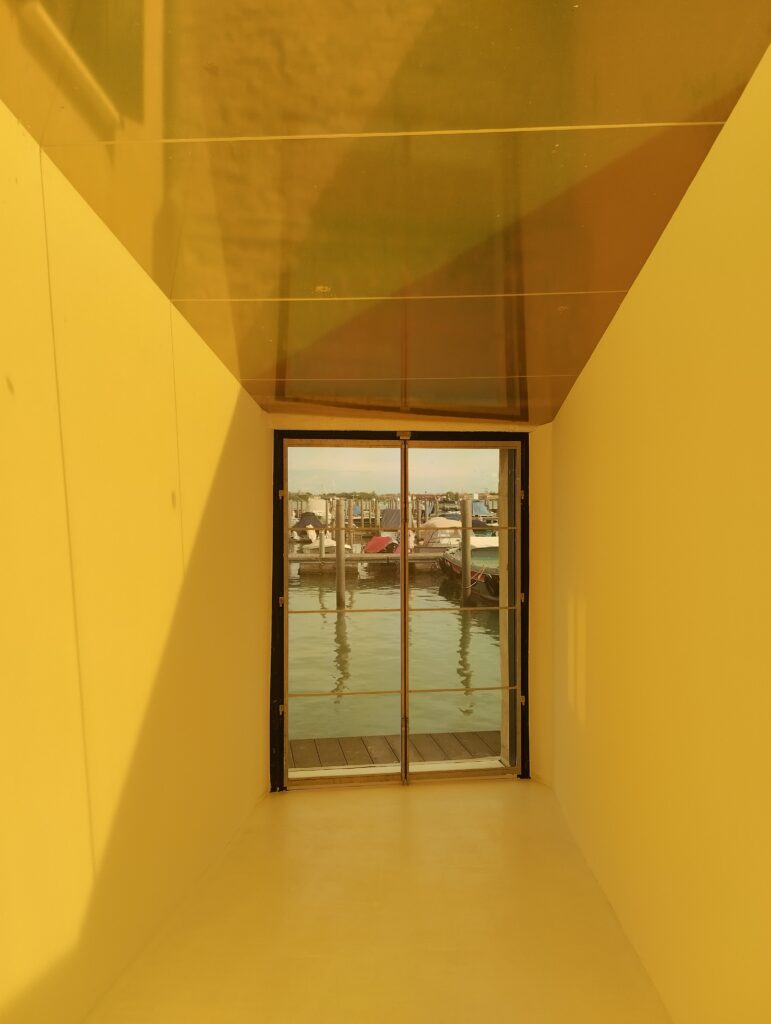
Sestiere Cannaregio
Lee Bae, La maison de la lune brulé (20.4-24.11.2024)
Curated by Valentina Buzzi and hosted in the bright spaces of the Wilmotte Foundation in Cannaregio, this exhibition is organized in collaboration with the Hansol Foundation/Museum SAN. “La maison de la lune brulé” is an evocative journey through a spiritual path of renewal and connection between the city of Cheongdo in South Korea and Venice, bridging tradition and the present.
The installation by South Korean artist Lee Bae includes the video “Burning” (2024), which shows the artist collecting and burning messages from around the world containing New Year’s wishes, transcribed on hanji paper. Inside the exhibition hall, visitors encounter various installations called “Brushstroke,” painted with charcoal paint derived from the combustion of wood from the Monnhouse Burning and Meok. The focal point is the black granite sculpture from Zimbabwe, inviting meditation. “Moon” (2024) is the title of the internal structure leading to the canal. Wrapped in paper using the marouflage technique and illuminated by a ceiling of yellow glass panels, the path symbolizes renewal and connection, allowing the audience to feel and contemplate not only the Venetian lagoon but also the moonlight reconnecting them with the atmosphere of Cheongdo during the ritual bonfire in honor of the moon.
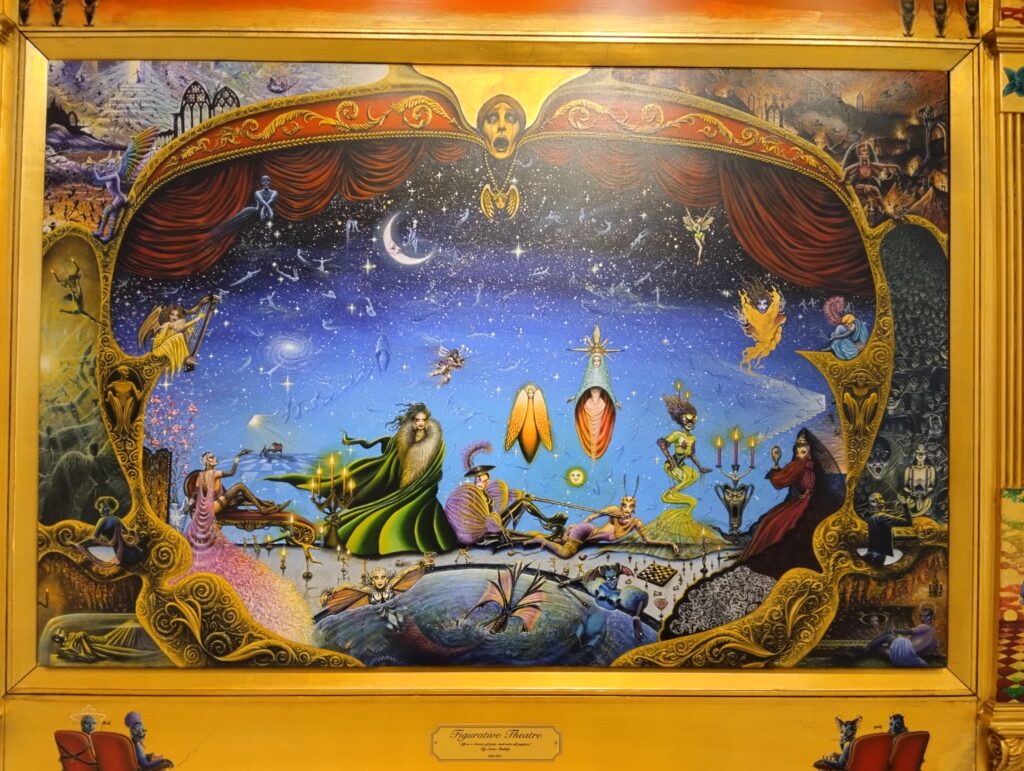
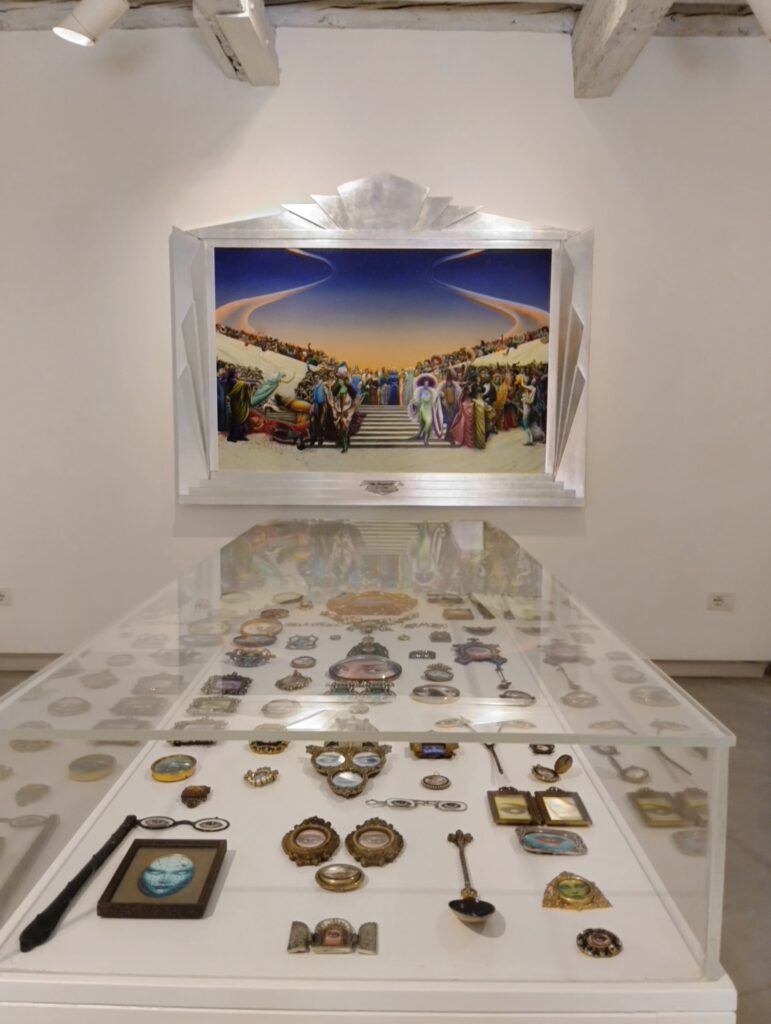
Sestiere of Dorsoduro
Beyond Emerging Artists in Venice (16.04 – 15.05.2024) – Galleria Marignana
The exhibition of young emerging artists from the United Arab Emirates lasted only a month but provided an opportunity to see the works of talented and original Arab artists Almaha Jaralla, Latifa Saeed, and Samo Shalaby. Here’s a selection of the artworks exhibited for those who missed it.
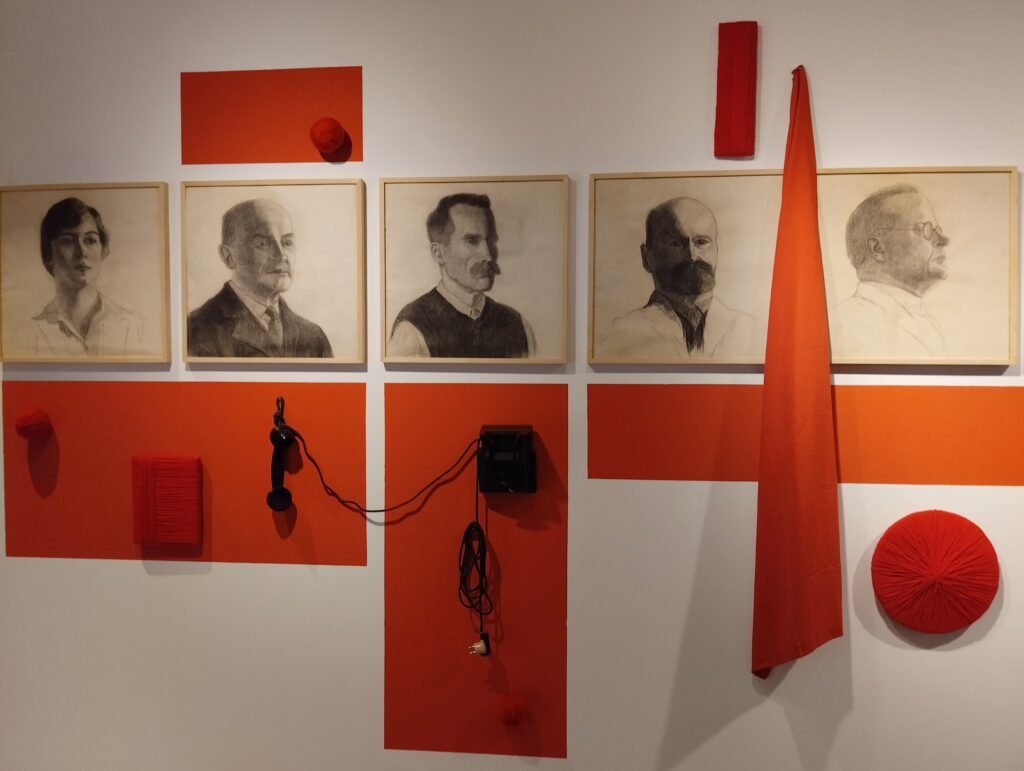
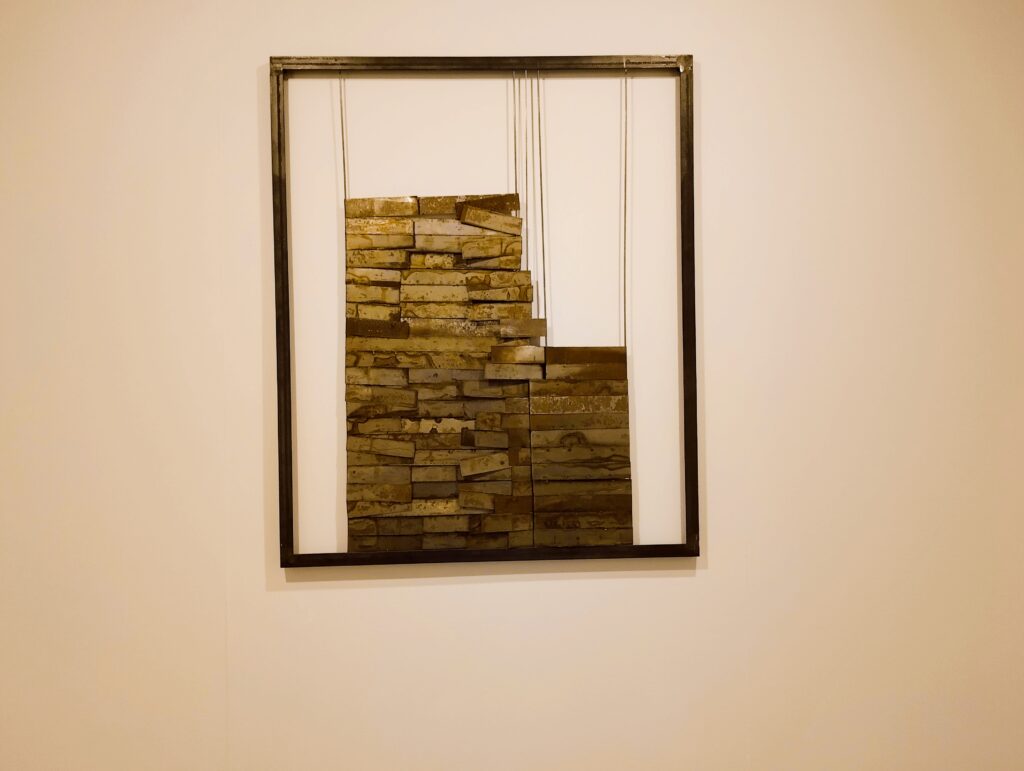
Maurizio Pellegrin: V. Vàzquez – In ordine redigere (25.5 – 27-7. 2024) – Galleria Marignana
“The Art of Recomposing Memories” is the new exhibition by Maurizio Pellegrini and Veronica Vázquez. Although the two artists differ in technique and style, they share a connection through the materials they work with, creating diverse bonds. While Veronica Vázquez finds abandoned materials and gives them new life and possibilities, Maurizio Pellegrin preserves the object. Gloves, hats, household items—the various objects the Venetian artist discovers—are reassembled, sometimes seemingly unrelated in terms of style, material, and size.
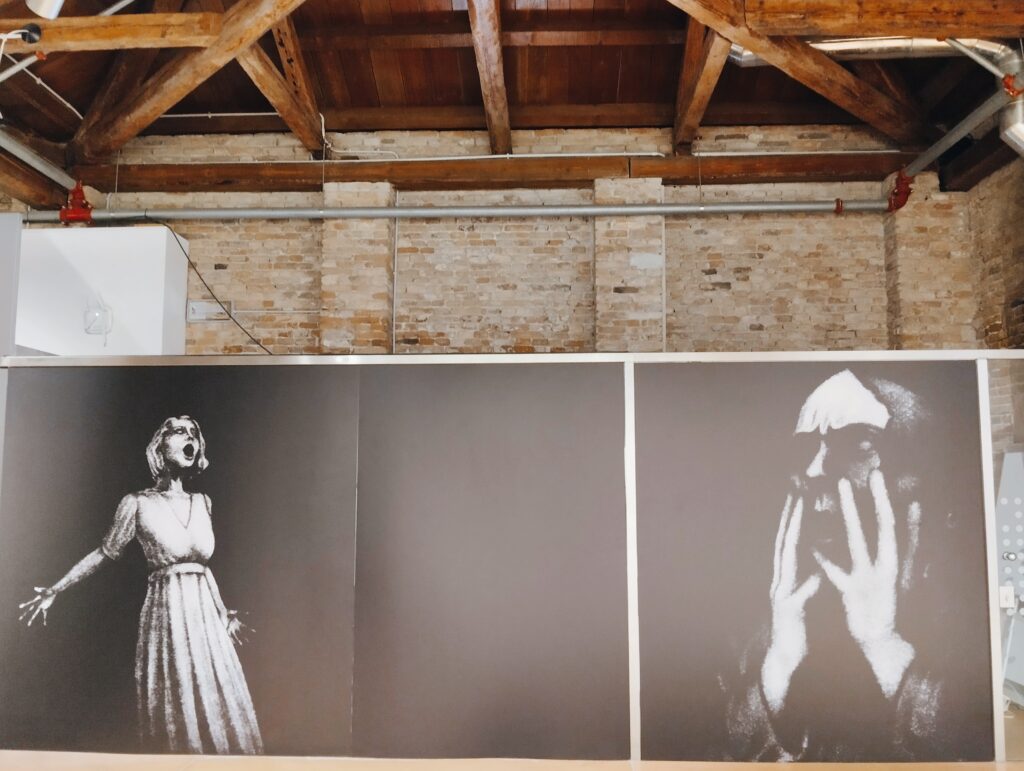
Any War, Any Enemy by Lena Herzog
Location: Spazio CFZ, University Library, Zattere (17 April – 25 August 2024)
The photographer and visual artist Lena Herzog presents another chapter of her visual exploration at Cà Foscari. Curated by Silvia Burini and Giuseppe Barbieri, both of whom have been my professors at the university, “Any War Any Enemy” is not an optimistic exhibition; instead, it delves into a possible apocalyptic future. The space features murals that enlarge some photos and ten half-tone engravings, created using an ancient technique Lena Herzog learned in Tintoretto’s workshop in Venice, which is housed in the same building that once was the house of the Venetian painter. The added interest of the exhibition lies precisely in the use of this uncommon technique nowadays and its combination with contemporary methods, such as digital manipulation of photographs.
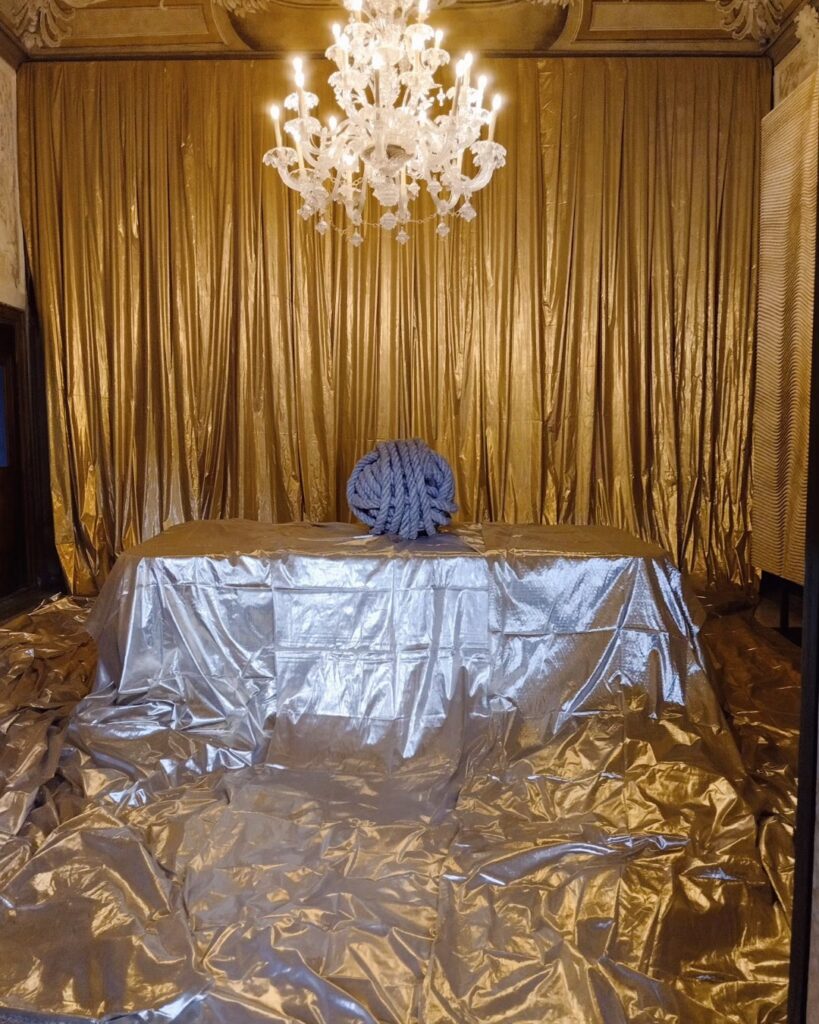
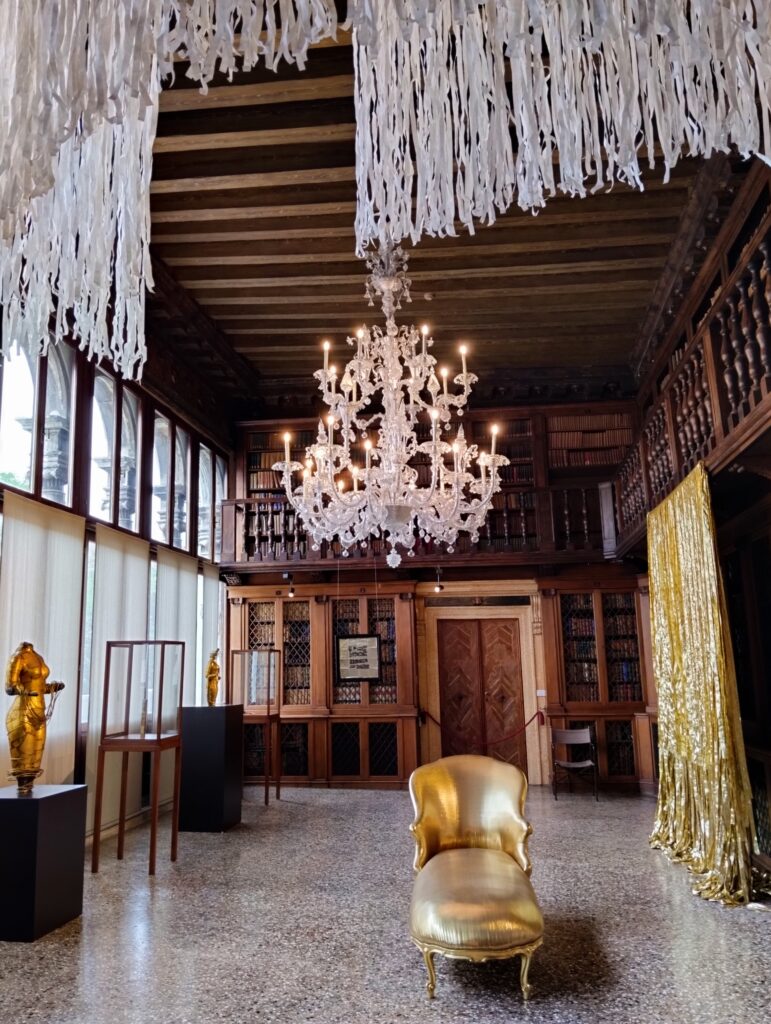
Sestiere San Marco
James Lee Byars – Sung-Take Lee, Invisible Questions that fill the air
featuring James Lee Byars and Seung-Taek Lee, is hosted at Palazzo Loredan from April 17 to August 25, 2024, curated by Allegra Pesenti
Seung-Tank never seemingly met, but their artistic approaches can be compared, both in their use of materials and their tendency toward formal purity. Commonly found in both artists’ work are elements such as gold, curiosity about the past, and a critical approach to the present.
The exhibition’s title refers to the words of critic Dave Hickey, who, when discussing Byars’ work, observed that the ultimate implication of his art was that seeing was never enough; one should also listen to the “invisible questions that fill the air.”
The beauty of Palazzo Loredan, once the home of Doge Leonardo’s descendants and later of Doge Francesco, with its furnishings, frescoes, stucco work, and library, is itself a work of art that hosts these artworks.
I studied the palace in 2023, and if you’re curious to read my contributions to the history of Palazzo Loredan and the splendid ceiling painted by Antonio Aliense, you can find them in the latest book dedicated to Doge Leonardo Loredan by the Istituto Veneto di Lettere, Scienze e Arti (here’s the link to the conference).
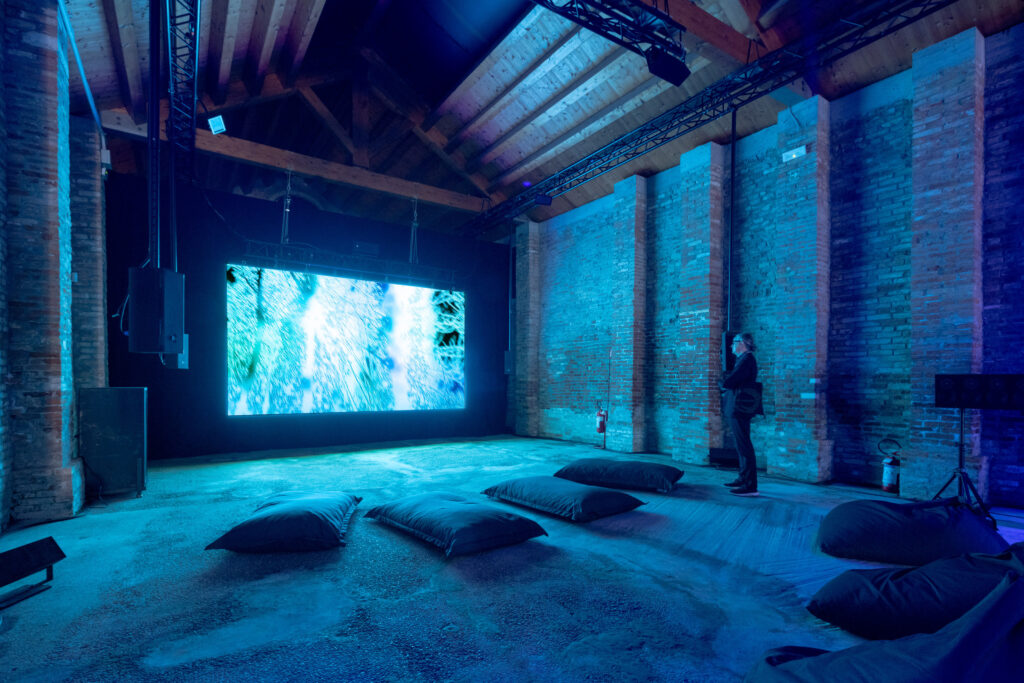
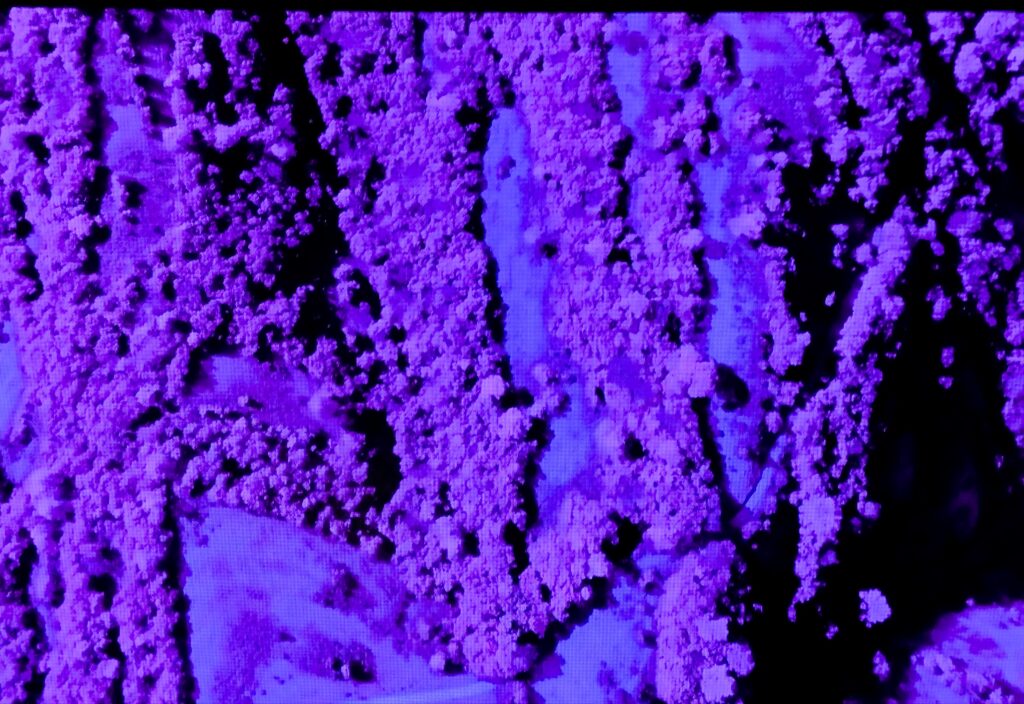
Sestiere Castello
Catalonia in Venice – Bestiari by Carlos Casa, Istituto Lamon Llul, Barcelona
(From April 20 to November 25, 2024)
In ‘La disputa dell’asino’, a medieval text in the Catalan language, a man is put on trial by a group of animals. This work serves as a pretext to discuss nature through a video installation dedicated to natural places in Catalonia, accompanied by sound featuring the calls of animals that inhabit these natural environments.
The human, Fra Anselm, engages in a lengthy debate with an ass on various issues related to architecture, science, social and political organization, human spatial abilities, biology, and physiognomy. Throughout the argument, the ass questions and challenges human superiority. Ultimately, humans prevail in the dispute only because God chose to incarnate in humans rather than animals.
The exhibition echoes the theme of the ‘voices of non-humans’ that we saw and heard in the 2021 Architecture Biennale’s installation titled *Future Assembly: How Will We Live Together*, curated by Hashim Sarkis. It was one of the most intelligent and coherent Biennales seen in Venice in recent years. The theme remains ancient and ever-relevant: What right do we humans have to decide for animals and the environment?
In the central pavilion of the 2021 Biennale, an assembly of living, non-living, and non-human organisms (including fungi, algae, and water) were presented as having equal rights in their existence and preservation as part of nature. Hash Sarkis’s fifty stakeholders gathered on the common ground of the global map of *Future Assembly*.
This reminded us that these creatures, whether living or not, deserve respect from humans. The world belongs not only to us but also to all the species that have inhabited it, currently inhabit it, and will continue to do so even after us and without us.
If you’d like to explore the Venice Biennale or related events further, contact me.
FIORELLA PAGOTTO — I am an art historian and a writer, author of essays on art history and biographies of artists. I also deal with the history of architecture and the history of architectural restoration. I have been a guide to the city of Venice and the Veneto villas since 2012, when I passed the Veneto Region exam.
@ Copyright holder 2024 All rights reserved. No part of this publication and pictures can be reproduced, stored in a retrieval system or transmitted in any form or by any means, electronic, mechanicanical or photocopying, recording, or otherwise without the prior permission of the publisher.
